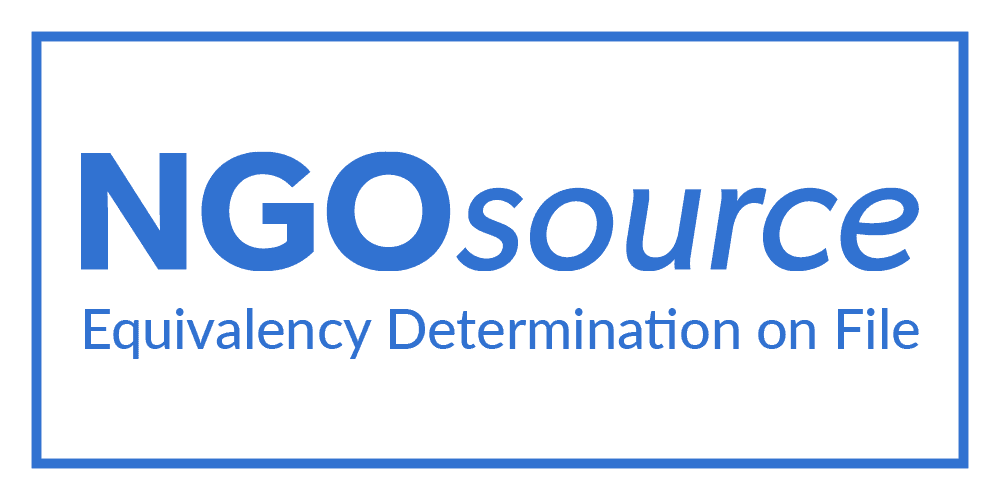Regulating for innovation: A supervisory toolkit
Regulating for innovation: A supervisory toolkit
26 March, 2021 •A supervisory toolkit to help regulators navigate their role and guide decisions in regulating for innovation.
The need to create an environment that enables innovation is an increasingly important priority for financial regulators across the developing world. Regulatory mandates have expanded and financial regulators are increasingly legally responsible for the conduct of business, consumer outcomes and proactive market development. Supporting innovation is central to encouraging market development, but innovation brings a balancing act:
| On the one hand... | On the other hand... |
|---|---|
| Innovation creates opportunities, enhances efficiencies, increases competition and improves the reach and value of financial products and services to consumers. | Innovation also comes with new risks and, due to its novel nature, is usually not fully accommodated within existing regulatory frameworks. |
Supervisors are not always sure how to strike this act of balancing opportunities and risks. Many think that regulating for innovation means implementing regulatory sandboxes. Research on global experiences from regulatory sandboxes found that while sandboxes have been useful in getting innovative products to market, other innovation hub activities have been able to support a far larger number of innovative solutions in reaching the market. For already capacity constrained regulators in developing countries a formal sandbox may not only be unaffordable but also unnecessary. There is a far broader set of potential tools that can be applied to more effectively achieve these outcomes.
Many financial regulators already have experience in allowing innovative products or models using their existing regulatory tools, such as letters of no objection. Mobile money is the most widespread and impactful example of this, but not the only one – mobile insurance emerged through similar regulatory mechanisms in many countries, while third party cell captives have flourished in South Africa under the parameters defined in a discussion paper issued by the regulator.
Drawing on our previous work and experience with a number of regulators within sub-Saharan Africa, this toolkit offers supervisors practical advice on what tools are available for their consideration and how to choose a fit-for-purpose and fit-for-context combination of tools to facilitate innovation while still protecting consumers, thereby fulfilling the regulatory mandates.
This collaborative work was done in partnership with FSD Africa and FSD Uganda. In order to learn more about how we work with regulators and other actors and to get involved, contact Jeremy Gray.
